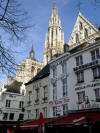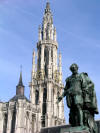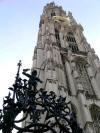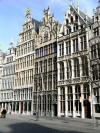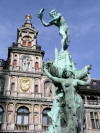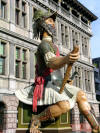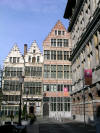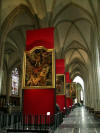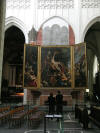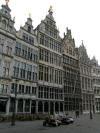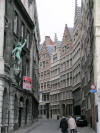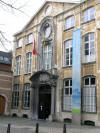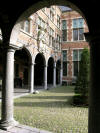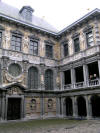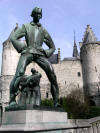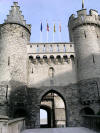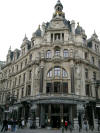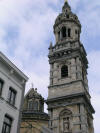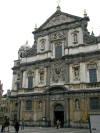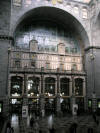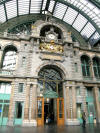Round The World and other travels
A frequent flyer's collection of trip diaries
March 2011: Antwerp
Antwerp (local name Antwerpen) is situated in Flanders, on the river Scheldt, and is Belgium's second city. Despite being so far inland that access to the open sea requires passage through another country, it is the second-busiest port in Europe and handles an astonishing 80% of world trade in rough diamonds. The city has a proud cultural legacy, particularly in the field of Flemish painting, where there are strong associations with Rubens and van Dyck. More recently, it has emerged as a centre of fashion and an up-and-coming short break destination, but one that has not yet seen mass tourist invasions courtesy of the low-cost airlines. Antwerp is also home to one of the world's largest populations of orthodox Jews.
For the visitor, the main attraction has to be the city's architecture. Like most tourists, I started my explorations at the main Grote Markt square, undoubtedly the city's focal point. I managed to fit in visits to the Plantin-Moretus museum, which explores the history of printing, and the Rubens house. The cathedral is also rich in Flemish art and well worth the small entrance fee charged to visitors.
Antwerp is only 45km north of Brussels but has its own small airport, with scheduled services to London City and Manchester.
Grote Markt, Cathedral and Groenplaats
Museums
Old Port
Other areas
